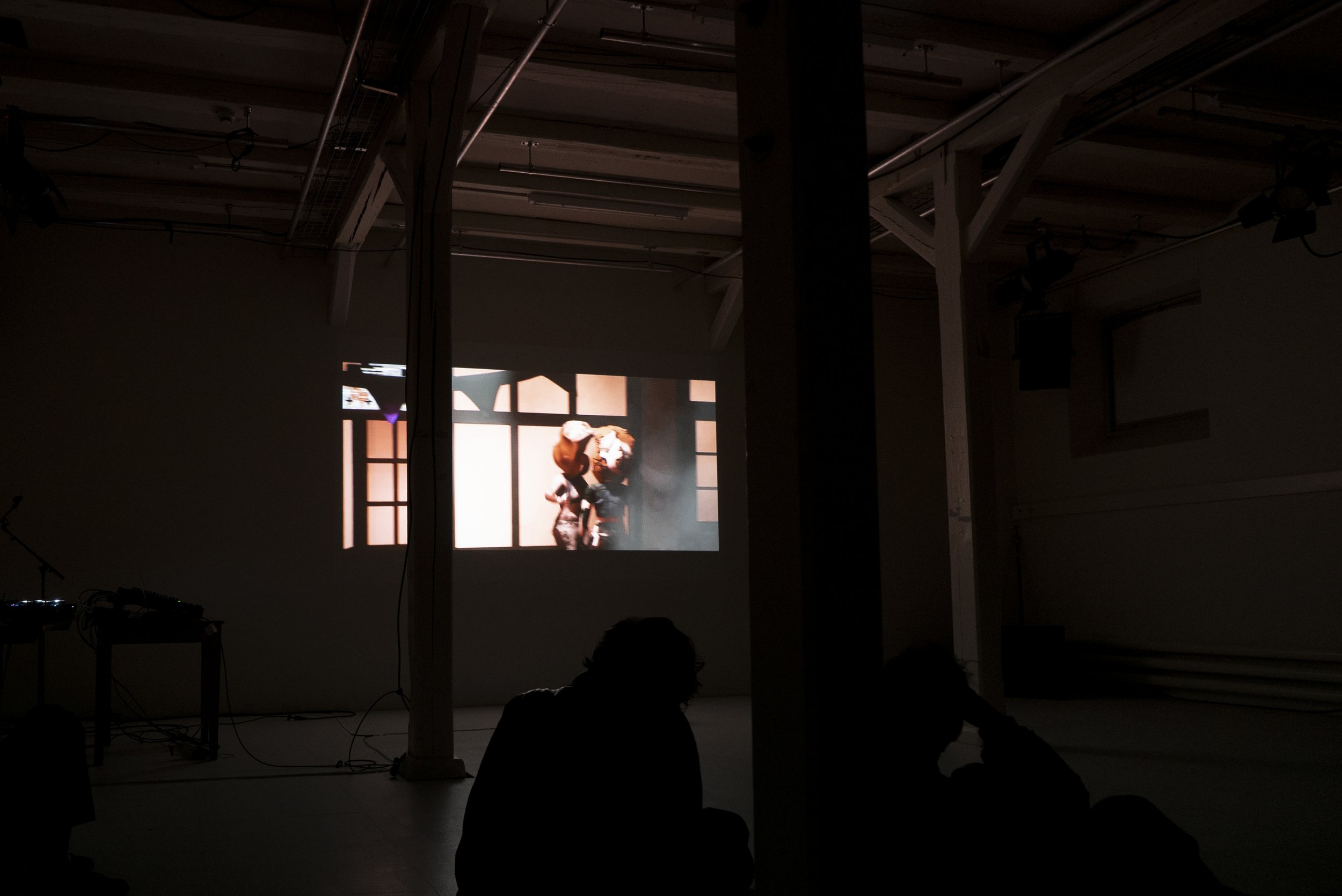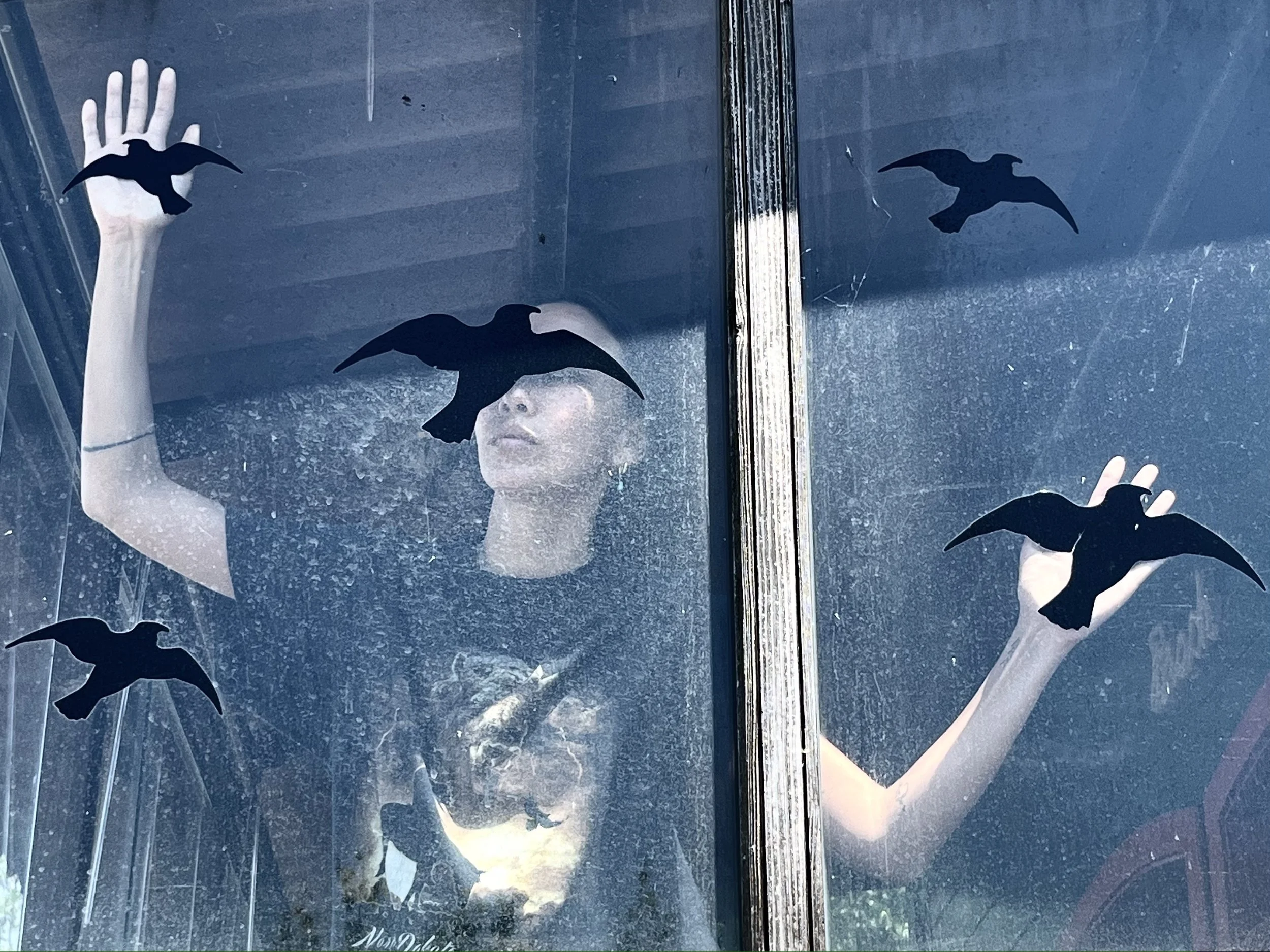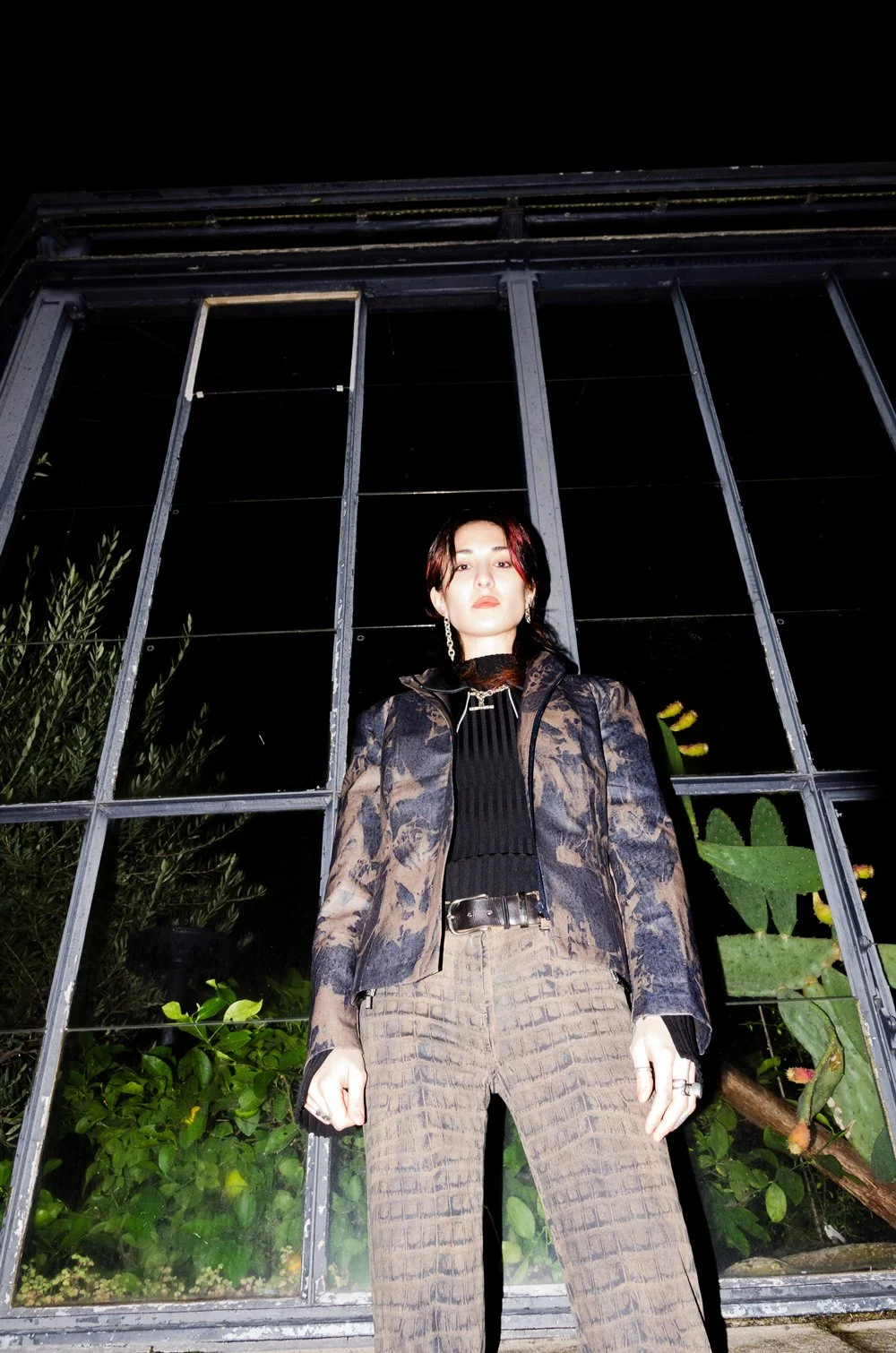Interview: Mark Renner
interview: marc Jauss
Credits: Brandon Sanchez (RVNG.Intl)
Our favourite music institution RVNG Intl. from Brooklyn has recently published a compilation with songs by Mark Renner who originates from Baltimore. All of the pieces were developed between 1982 and 1990. RVNG boss Matt Werth has discovered Renners album “all walks of this life“ at a fleamarket and he was immediately excited about hearing more of this music.
One could not overhear the influence of bands like Ultravox, Felt or the Yellow Magic Orchestra. The latest compilation also hosts instrumental pieces that Renner composed exclusively for an exhibition of paintings. Today Mark is still active as an artist and musician. We‘ve asked him about his recent work, his inspiration and his future plans.
Introduce yourself briefly
Hello, I am Mark Renner, a painter and musician.
Concering your work nowadays, what are your main themes?
My visual work is primarily figurative, and has much to do with mining the beauty of the ignoble, the journeys and struggles of the marginalized, sojourners and searchers, usually adrift in some imaginary landscape. My lyrics run in a similar direction, and as I advance in age I find I seek in some way to create elegies forthose I have lost, or in some small way chronicle the lives, profound or ephemeral moments frequently lost inliving.
How do you make a living as an artist?
I have exhibited my visual work in galleries, museums festivals and fairs In the US and Europe and have been fortunate to sell paintings and be granted financial awards. In addition, my recordings are available thru the usual download companies, as well as Bandcamp, CD Baby, Amazon etc.
What inspires you?
The constant challenge of converting the inward swellings of the imagination to canvas or in music and song.
What books are you reading at the moment?
The Soul and Barbed Wire – an introduction to Solzhenitsyn (an academic appraisal of his writings), The Birds - Tarjei Vesaas, The Bible, John Minton: Dance Till the Stars Come Down- Frances Spalding.
What kind of music are you listening to at the moment?
Tomotsugu Nakamura - An Opened Book in the Dark.
Dead Light- Dead Light. Ian William Craig - SlowVessels.
Max Richter - Sleep
Talk about Baltimore, how is it like to live there?
The city, as with many other post- industrial ports and cities of America has struggled through the past few decades with the demise of major employers as, well as crime and drug addiction. I’m afraid the blight and crime that usually captures the major headlines, eclipses the good and the individuals that are working to make their city better.
What about your research in field recordings? I heard you were in Switzerland. Tell us about the process, what kind of sound did you capture?
I had come primarily to visit Montagnola, near lake Lugano, en route to Italy. There were several things that captivated me- organ practice in a small chapel in Zurich, and the way the muted sounds floated as approaching the closed doors, the morning birdsong , as well as a student struggling on a grand piano in a chamber, resounding through the halls of an inn where I was staying.
After the nineties you were a humanitarian worker in Ethiopia. What did you experience?
It is a project I am still involved with. Aside from the obvious disparity in economic opportunity and dangerous environmental health conditions and the deep and continuing devastation from HIV/ AIDS, it was an immediate, and humbling exposure of the blessings taken for granted in the West/ my own country and life, and the imperative to consider “ the least of these “. It has also been a delight in each subsequent return, to see the impact the project has made in the lives and families of the beneficiaries, and now with ARV medication, how women and children who once viewed an HIV+ diagnosis as a death sentence, have an opportunity to lead relatively normal lives and somehow find hope for the future.
Many of your instrumental and wordless pieces were used for your sound installations. Tell us about combining sound and space.
Initially I viewed it as creating an atmosphere, to augment a personal viewing. In providing cassettes/headphones as an option to those viewing the work, it became an individual, enclosed experience. Later, in a different exhibition, I had the audio works playing aloud in the gallery. I think I prefer to offer it as a personal , solitary experience as I sense that the impact of the recorded work can at times suffer due to the din and incidental sounds of activity within the gallery.
Are you happy with the reissue on RVNG? How everything happen?
I am glad to see the label growing, and seeking to produce and introduce the work of artists often laboring in obscurity, to a wider audience. My relationship with RVNG was initiated by Matt Werth who contacted me about one of the songs on the recording. We corresponded and he mentioned his label and sent me some of his earlier releases. At the time, I had been contacted by someone in Europe looking to re- release my first two albums and I asked Matt if we could postpone our discussions for a few months until I heard back from the other label. As it transpired, things didn’t materialize, so Matt and I began corresponding as he informed me of the package that he wanted to put together. RVNG was patient while I combed through the pieces I hads aved, contacted former bandmates, sifted through basements and attics to see what was still available from that period. I think they went to great care to try and preserve the music from the various sources I could find to work with. I suppose the best thing I could say about it is that they didn’t attempt to assemble a “Best of “ package, to me it is more akin to an artists sketchbook that represents the idea without the gloss applied in the final execution.
What does sound mean to you?
My father is completely deaf. Years after losing his hearing, he told me that he has missed music more than he has missed being able to hear voices. Music, the sounds and melody, tones and chords enrich life and for me, provide hints of the Divine. Sound is curious in its ability to arrest one’s attention, to calm or excite, to transport, or repel.
What are you future plans?
I am concluding work on a brand new record : Seaworthy Vessels are in Short Supply. I am hoping to have it completed by the middle of April, for an autumn release. Along with this I have another recording of wordless pieces: Salt and Firewood. This will be the 30th year since my album- Painter’s Joy was released, and I am planning a cd/dl release with bonus material included. Additionally, I have an exhibition of my visual work opening in Dallas, at the end of June.






























